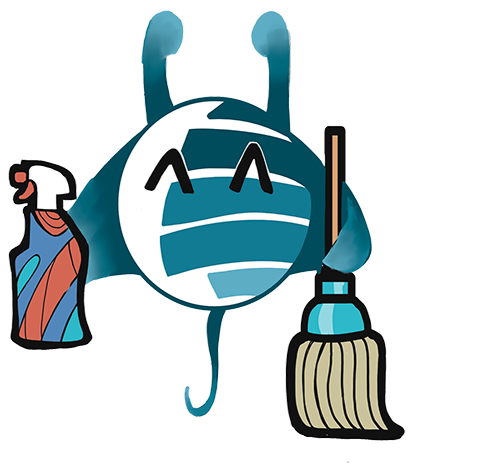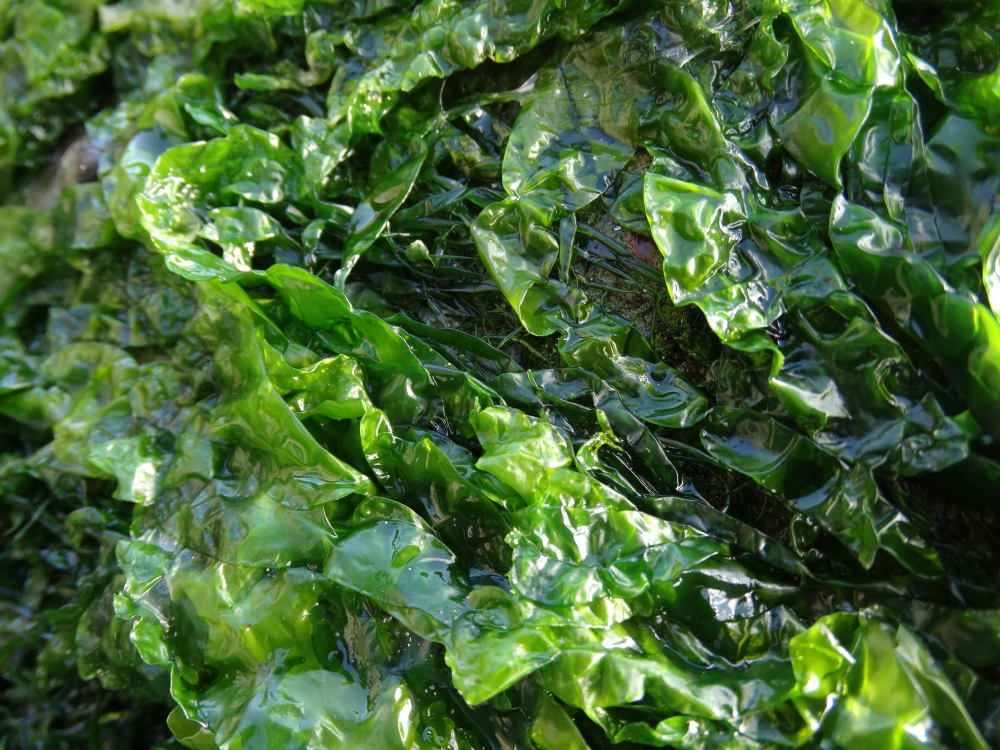They are the oldest plants on the planet. Already 450 million years ago they lived in the seas and oceans up to the depths reached by the sun's rays. And from the aquatic environment began their slow, progressive conquest of the terrestrial environment through the adaptation that would have transformed them into plants, with roots, trunks and branches, leaves. What the plants of the sea did not have and do not have, composed of a non-differentiated body called thallus, which does not flower and does not bear fruit, but which shares with plants the process from which it draws energy and nourishment, chlorophyll photosynthesis.
It is chlorophyll that gives the algae that color green. About 1,500 plant species, mostly Chlorophytes, which can be unicellular, multicellular or colonial. And they live in the sea, near the coast or at fairly shallow depths, to be able to take advantage of sunlight. That light is the vital element that is fundamental for their metabolism. So are water and carbon dioxide that photosynthesis transforms into nutrients, making the algae green like plants capable of autonomously producing the substances they need to live and grow.
This same process brings a great advantage more generally, from an ecological point of view, since the algae – like plants – absorb large quantities of carbon dioxide, releasing, as a waste product of the production of nutrients, oxygen which, in turn, is essential for the life of the sea itself and the animal species that populate it.
Green algae live on reefs and submerged rocks, anchored with rhizoids that resemble plant roots, but also on sandy substrates such as the Club Alga (Dasycladus vermicularis). Some species live in Seagrass (Posidonia oceanica) meadows, the marine plant with which they share the need for light for photosynthesis, both on long leaves and on rhizomes. Other algae, however, are epiphytes and are found on corals and other algae.
While single-celled algae reproduce simply by replicating, multicellular algae multiply when fragments detach from the original thallus and then grow larger, forming new organisms identical to the one they came from. Some species release spores that, in favorable conditions, divide, forming other cells from which new thalli arise, always identical to the one that produced the spores.
Green algae are rich in vitamins A, B and K, minerals such as iodine and iron and antioxidants, so much so that they are considered a real superfood, also due to the notable presence of omega 3. They therefore have recognized antioxidant properties and are considered useful for the cardiovascular and cerebral systems.
The most common and widespread green algae, at home in the Mediterranean, but also present in other temperate and cold seas, is the so-called Sea Lettuce (Ulva lactuca) of the Ulvaceae family. It lives and grows, attaching itself with what is called a foot, which is actually a small disk, to rocks and sandy substrates, but also to the shells of marine animals. It looks like a long green leaf and resembles terrestrial lettuce and is also used in cooking, in various parts of the world. In Italy, in Campania, it is the main ingredient of sea zeppoline.
Green algae present in the Mediterranean also include the Acetabularia acetabulum, the Anadyomene stellata, the Bryopsis (Bryopsis plumosa), the green candle (Codium fragile), the green balls (Codium bursa), the Codium coralloides, the Codium vermilaria, the Cladophora prolifera, the Cladophora vagabunda, the Chaetomorpha aerea, the sea club (Dasycladus vermicularis), the Enteromorpha intestinalis, the sea penny (Halimeda tuna), the velvet seaweed (Palmophillum crassum), Pennicillus capitatus), the furcellata algae (Pseudochlorodemsis furcellata), the sea fan algae (Udotea petiolata), the sea lettuce algae (Ulva rigida), the Ulva intestinalis, the Valonia (Valonia macrophysa).




